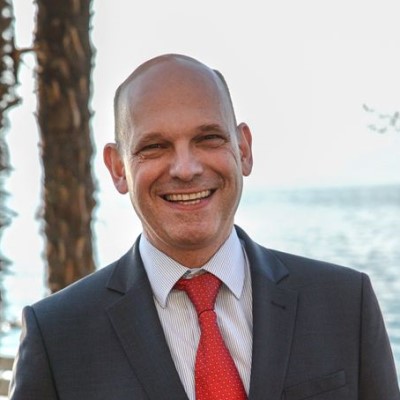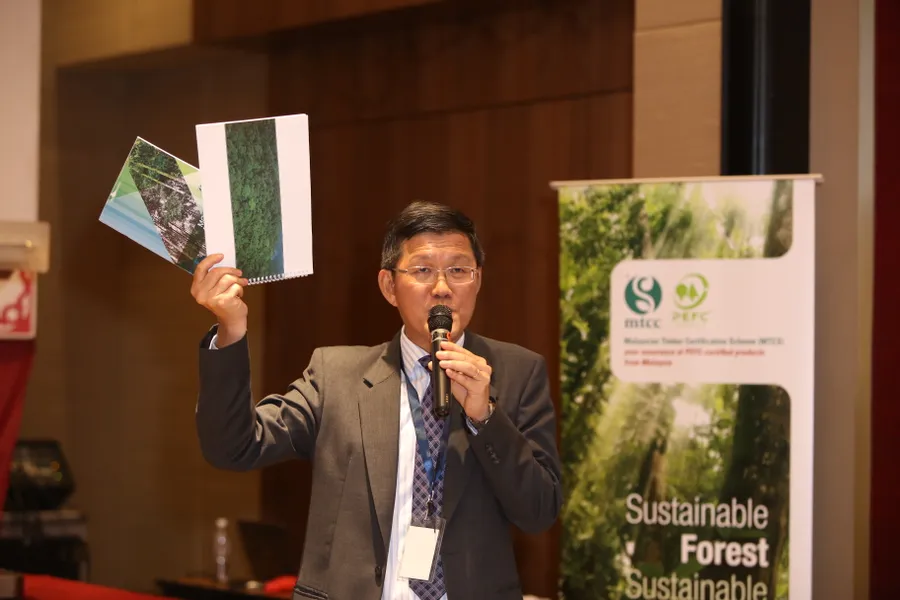Sustainable consumption is on the rise. A Nielsen study found that 73% of global consumers say they would change their consumption habits to reduce their environment impact. This means it has never been more important to use sustainable materials, to know that your products come from sustainable sources and to prove that to your customers.

Increasing the use of sustainable, certified forest-based packaging has huge potential to not only help companies meet sustainability targets, but also to have a positive impact on the world’s forests and forest communities.
Join our PEFC Webinar: Creating impact through responsibly sourced packaging and learn more about PEFC certification and the advantages for your business and beyond! The webinar is free to attend and takes place 23 June at 11:00-11:50 CEST.
Please note that the webinar will be run in English, and you need to register in order to receive the dial-in details. For those of you that registered but can’t attend, we will be recording the webinar and will share it with you afterwards.
Why should you attend?
This webinar will allow you to better understand what certification means on the ground. See what your choice of procuring or producing PEFC-certified packaging means for the health of our forests, for biodiversity, and for the people living and working in forests. And of course, how PEFC certification works to provide this assurance, throughout the supply chain to the final product.
For brand and retailer sustainability and sourcing professionals, the webinar will assist you in understanding how sourcing certified can meet your 2020 targets against environmental and social issues.
The value chain actors - packaging manufacturers, converters and printers - will get an introduction to the value proposition of offering certified paper packaging to their customers and some tips to promote their sustainability efforts.
What else? All attendees will come away with better knowledge of the actual processes behind certification that assure the credibility of certified materials – what we do so you can trust a product delivered with PEFC certification.
You’ll also get an idea of how we continuously improve the PEFC system, ensuring it continues to meet evolving sustainability benchmarks and national and international expectations.
Who should attend?
While everybody is welcome, the webinar will be particularly interesting for sustainability and sourcing teams of brands and retailers, both multinational and smaller national companies. It will also be valuable for sustainability and sales teams of paper packaging manufacturers, converters and printers.
Take the chance to learn first-hand about PEFC and sustainable packaging and ask your questions to sustainability experts! Register for the webinar now.
The agenda
11.00: Welcome
11.05: Discussion with Ben covering a PEFC update, and the value and evolution of forest certification in the context of forets protection and their contribution to the market
11.20: Discussion with Michael covering the new elements of the PEFC Sustainable Forest Management and PEFC Chain of Custody standards.
11.35: Q&A
11.50: Close
The speakers
Ben Gunneberg

Ben is the CEO and Secretary General of PEFC International. A forester by education and training, he has gained experience in the forest, before becoming one of the founders of what is today the world’s largest forest certification system.
Michael Berger

Michael is the Deputy Secretary General of PEFC International and Head of Technical Unit. He holds a PhD in Forestry Economics and was recently leading the revision process of the PEFC International standards.
Fabienne Sinclair

Fabienne is the Head of Marketing at PEFC International and she will lead us through the discussion as the moderator.
source: https://pefc.org/news/pefc-webinar-creating-impact-through-responsibly-sourced-packaging




